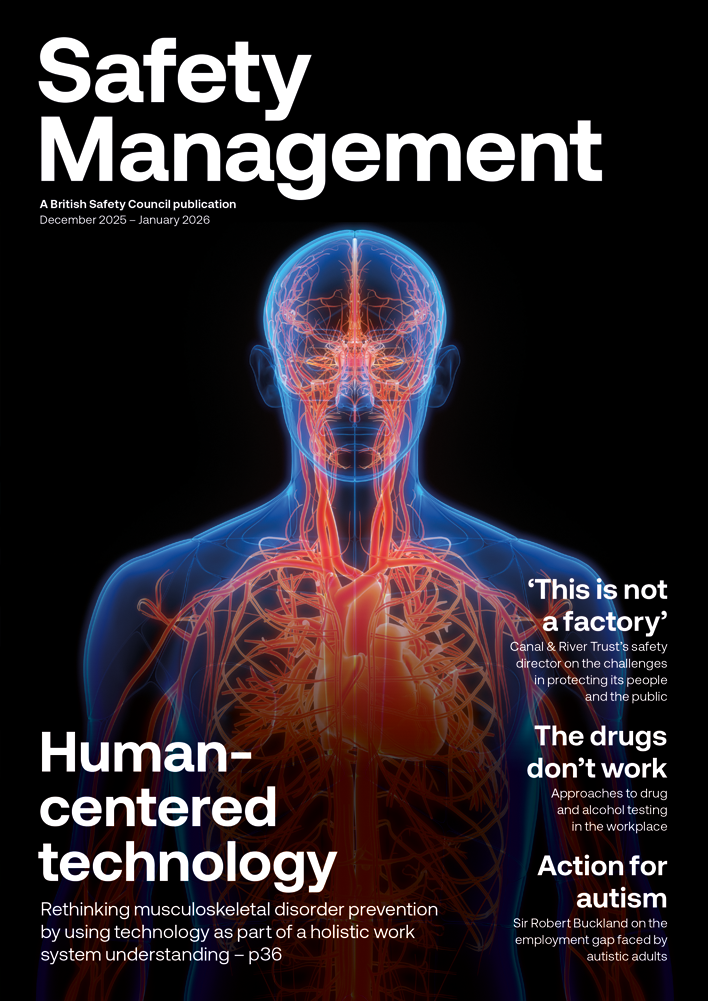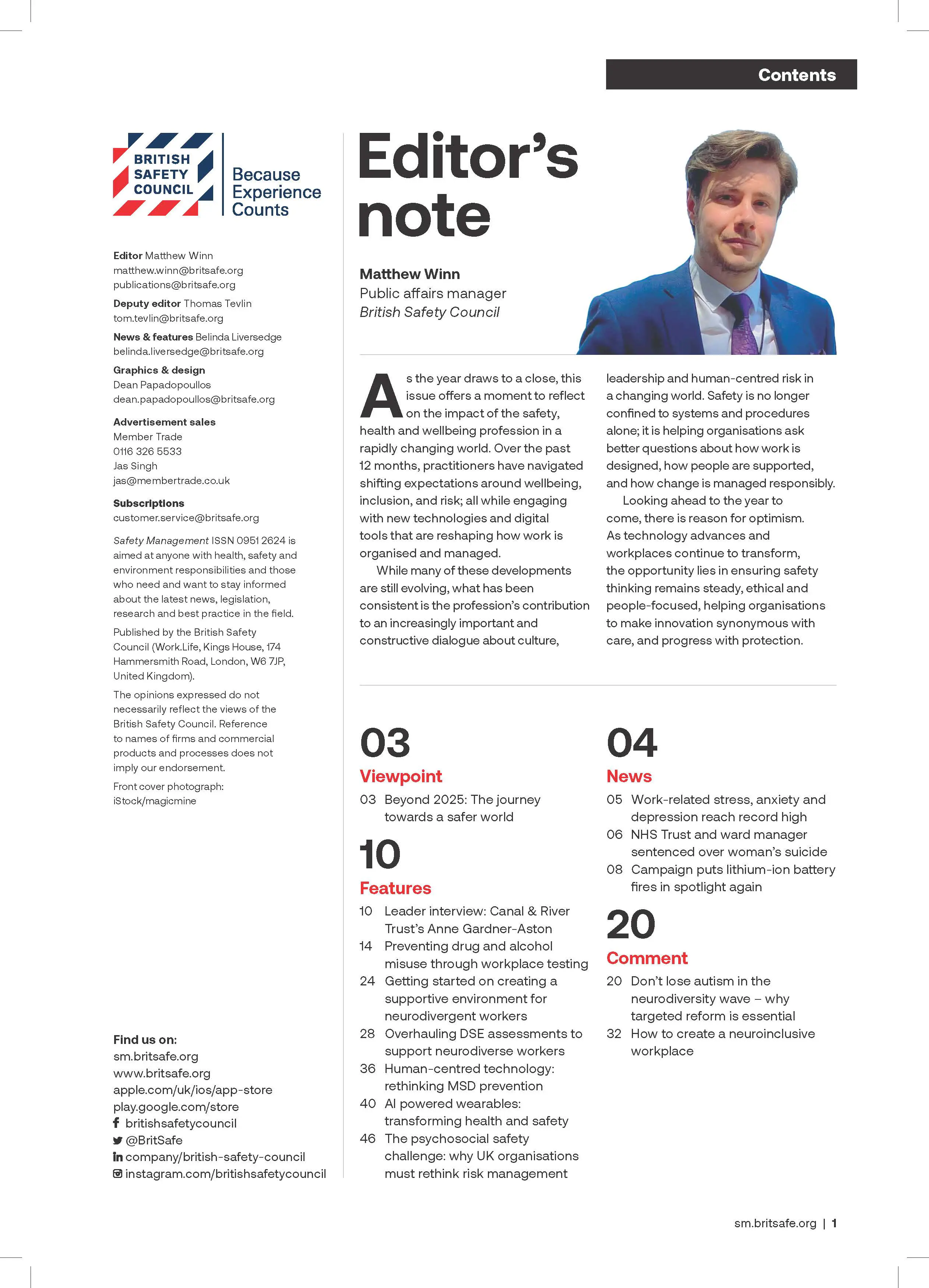When workers are exposed to hazardous substances like dusts, it may be necessary to carry out air monitoring to check both employees’ personal exposure levels and the general effectiveness of control measures. But it’s essential to understand the benefits and drawbacks of the different types of sampling equipment used.
Features
Dust, gas, vapours and other airborne hazards: protecting workers’ airways
Exposure to an excessive amount of any type of dust created in industrial settings can cause problematic respiratory issues – welding fumes, construction dust, exhaust gases and chemical vapours to name a few. Some, however, can be far more deadly than others, even in smaller quantities. The Health and Safety Executive (HSE) found in its latest statistics report that around 12,000 deaths a year can be attributed to previous exposure to harmful substances in the workplace, primarily chemicals and dusts.¹
 Photograph: Casella Solutions
Photograph: Casella Solutions
Indoor environments often exhibit air pollutant concentrations two to five times higher than the outdoor equivalents. In the workplace, dust can be a regular annoyance at best and a deadly hazard at its worst.
Employers have a duty to protect their workers and the public from the effects of airborne hazards under several standards and regulations set by HSE. The Health and Safety at Work Act 1974 and the Control of Substances Hazardous to Health Regulations 2002 are the two main governing sets of laws that employers must adhere to.
While protecting the health of employees is paramount, failure to comply with the relevant legal duties can also result in hefty fines and a blemish on a company’s reputation.
Indoor airborne hazards
Dust
Dust exists in a range of sizes. The two most notable fractions are inhalable, breathed into the nose or mouth; and respirable, which is most dangerous and penetrates deep into the soft tissue of the lungs.
Under the COSHH Regulations, any kind of dust level is hazardous to health when present in the air, and there are legal exposure limits at a concentration in air equal to or greater than 10 mg/m³ of inhalable dust or 4 mg/m³ of respirable dust, as measured over the equivalent of an eight-hour day. This is known as the workplace exposure limit (WEL).
Fumes
Exposure to metal fumes like zinc, iron and lead is commonplace for those working in manufacturing, welders and people using metal grinders. Exposure to metal fumes can pose acute and chronic health risks, including respiratory and skin irritation, chronic bronchitis, lung damage and metal fume fever. When working in confined spaces, dutyholders must also consider the risk of asphyxiation and skin absorption.
Gases and vapours
Gases pose a multitude of threats to human health. Gas is part of our everyday environment but high concentrations or poor conditions can lead to devastating results. Toxic gases, such as carbon monoxide, hydrogen sulphide and chlorine, can poison those exposed to them. Flammable gases, like methane, butane and propane, pose a risk of fire or explosion and all gases can cause asphyxiation in high enough concentrations by displacing the oxygen we need to breathe.
Short-term effects of exposure to gases include headaches, dizziness, respiratory distress, cardiovascular problems and aggravation of existing lung diseases.
Direct exposure to vapours from organic solvents can also be hazardous to health. High concentrations of these dissolving or diluting compounds can cause unconsciousness and death through depression of the central nervous system. Even low concentration exposure leads to dizziness, liver and kidney damage, irritation of the eyes and burns to the skin.²
Silica
Silica is an organic substance found in many commonly used construction materials, including sand, gravel, clay, stones, concrete, bricks and quartz. Respirable crystalline silica (RCS) is referred to by HSE as “the biggest risk to construction workers after asbestos with an estimated 600,000 workers exposed to silica in the UK each year”.³
When inhaled, RCS dust particles travel deep into the lungs and can cause incurable and sometimes deadly respiratory diseases, such as silicosis, chronic obstructive pulmonary disease and kidney disease. As a result, the UK WEL for RCS is 0.1 mg/m³ (milligrams per-metre cubed) over a period of eight hours, significantly smaller than the general dust WEL.
Control
As with all workplace safety procedures, the hierarchy of control must be applied. The first step is to try to eliminate the threat at source, if possible, but if this is not feasible and practicable the risks from the hazardous substance must be mitigated by reducing the substance’s presence to as low as is reasonably practicable. Monitoring of exposure (i.e. measuring the substance in the air that a worker breathes while they are doing a task) can be used to quantify the risks.⁴ Monitoring can also be implemented after suitable control measures have been put in place, to check the residual risks have been reduced to an acceptable level and to ensure the control measures continue to be effective.
To conduct monitoring, an air sampling pump is attached to a worker (typically on a belt) and a suitable sampling medium is placed in their breathing zone – for example, a filter housed in a sampling head. The air sampling is then run over a sufficient period to establish an accurate concentration value which can then be compared with the WEL.
 Tim Turney is global marketing manager at Casella Solutions. Photograph: Casella Solutions
Tim Turney is global marketing manager at Casella Solutions. Photograph: Casella Solutions
Different substances require different filter types and sampling heads (or tubes for vapours) due to the size of the particulate matter, so it is important to check what equipment is needed for hazards present, along with the required flow rate and minimum run time.
It is vital that the air sampling pump has a stable flow rate (and low pulsation), as required by international standard ISO 13137:2022, because the calculated concentration in the case of particulates is directly proportional to the weight of the sample and inversely proportional to the flow rate. This is shown as:
- Concentration (mg/m³) = (Weight Gain (mg) × 1000) / (Flow rate (litres per minute, l/min) × time (min)).
Although the time period in which the sampling is undertaken may vary according to circumstances, the results should allow the eight-hour exposure to be calculated, and this can then be compared to the WELs.
Pump advantages:
- Sampling flexibility: personal air sampling pumps allow for the collection of samples over specific time intervals, providing a more targeted assessment of exposure.
- Laboratory analysis: samples collected with personal air sampling pumps can be analysed in a laboratory using highly sensitive techniques, offering accurate quantification of contaminant levels.
- Regulatory compliance: personal air sampling pumps are often required for compliance with occupational exposure limits (OELs) and regulatory standards. They provide an exposure for the person, which is critical for checking compliance with OELs like WELs – not just for the general area of measurement.
- Cost: personal air sampling pumps are generally more cost-effective than high-end real-time instruments, particularly for long-term monitoring projects.
Pump limitations:
- Delayed results: analysis of samples collected with personal air sampling pumps typically requires time for sample collection, transportation and laboratory analysis, leading to delayed results.
- Skill requirement: proper placement, calibration and maintenance of personal sampling pumps require training and expertise to ensure good quality and accurate results.
- Contaminants: in common with most measurement methods, it is not possible to measure every substance a worker is exposed to onto one sample media (for example, a filter and sampling head), so multiple, separate measurements may have to be performed.
It may seem somewhat old-fashioned to sample something for a whole shift, then wait to get the results from a laboratory to understand an individual’s exposure. Therefore, for faster results, direct reading devices – which provide ‘real-time’ concentration readings – sometimes offer an advantage.
However, direct reading devices also have their drawbacks. For example, direct reading devices used for sampling and measuring real-time dust use a light scattering technique which can be influenced by the shape and composition of the dust.
 Photograph: Casella Solutions
Photograph: Casella Solutions
As a result, unless a direct reading device has been specifically calibrated for the dust in question, the concentration readings it provides should only be considered as indicative.
Real-time direct reading instruments advantages:
- Immediate results: real-time instruments provide instant measurements, allowing for immediate feedback on exposure levels.
- Continuous monitoring: these instruments can continuously monitor the workplace environment, providing a dynamic picture of exposure levels over time; the ‘where and when’ an exposure occurred.
- Portable and convenient: many modern real-time instruments are compact and portable, allowing for easy deployment in various workplace settings.
- Multiple parameters: some instruments can measure multiple parameters simultaneously, offering a comprehensive assessment of workplace conditions, such as differing particle sizes.
Real-time direct reading instruments limitations:
- Specificity: some real-time instruments may lack specificity and sensitivity for certain contaminants compared to laboratory analysis from a personal air sampling pump. For example, body-worn real-time instruments won’t provide a specific level of, for example, a metal within the dust being measured; although this metal may in fact be particularly toxic.
- Calibration and maintenance: regular calibration and maintenance are essential to ensure accuracy, and improper calibration can lead to inaccurate results.
- Cost: real-time instruments can be relatively expensive compared to personal air sampling pumps, especially high-end models.
- Data interpretation: interpretation of real-time data may require specialised training to understand factors such as instrument limitations, interferences and environmental variability.
Both personal air sampling pumps and real-time direct reading instruments have a place in workplace monitoring. However, although real-time direct reading instruments provide continuous ‘finger on the pulse’ concentration readings for a substance without encumbering workers with tasks such as removing the monitoring sample to send to a laboratory, they often lack specificity for certain contaminants compared to samples send for laboratory analysis.
When workers are exposed to particularly dangerous hazardous substances, personal air sampling pumps and laboratory analysis provide accurate results which will be necessary for peace of mind.
Education and training
Employee health must remain a priority, as well as a core component of any workplace health and safety management system.
Education and training is also essential for ensuring workers fully understand the health risks of dust exposure and know how to prioritise and protect their health. If there are any changes to working procedures – or the introduction of new laws and regulations affecting safe working methods – workers must be trained on how to continue to protect themselves from exposure to hazardous substances (like dusts), in line with the new working methods and legal requirements.
Educational materials should be displayed in key or communal areas to provide easy-to-follow, quick reminders of best practice when working with hazardous substances.
PPE
Respiratory PPE, such as face masks and Powered Air Purifying Respirators, is the last stage of the hierarchy of control and should only be considered once all other avenues of exposure reduction and mitigation have been explored.
Why?
The quality of the air that we breathe determines our health, now and in the future. It is imperative that employers and duty holders control the potential effects of airborne hazards on their workers as far as is reasonably practicable. Regular health checks and comprehensive monitoring must be conducted, particularly for those that work with these substances regularly, to ensure the wellbeing of all employees is protected.
Tim Turney is global marketing manager at Casella Solutions.
For information about air sampling, monitoring and calibration solutions, visit:
casellasolutions.com/uk/en.html
References
FEATURES
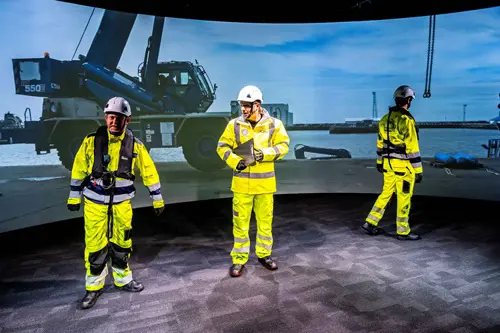
Underpinning safety training with neuroscience for long lasting impact
By SSE Active Training Team (ATT) on 30 November 2025
A behavioural safety training programme developed by Active Training Team for energy provider SSE has been carefully designed with neuroscientific principles in mind – resulting in a prestigious industry award for Best Training Initiative in 2024.
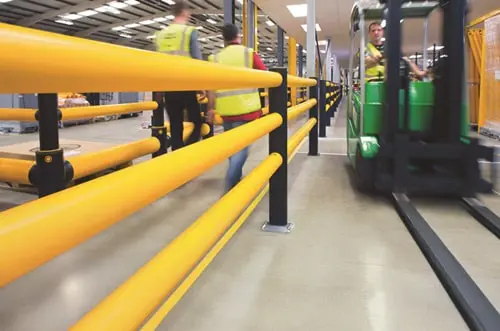
Why a painted line will never be enough
By UK Material Handling Association (UKMHA) on 20 November 2025
Businesses that operate material handling equipment like forklifts are being urged to submit accident and near miss details to a new confidential reporting portal so the industry can identify what needs to be done to improve safety standards.
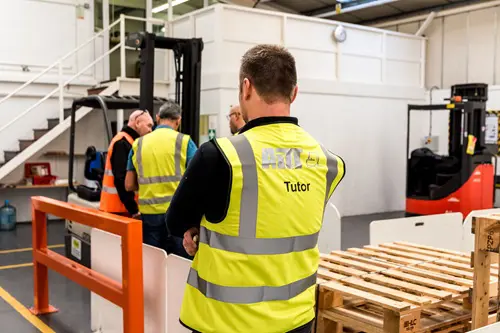
Why workplace transport training is changing in 2026 and what it means for employers
By AITT on 26 November 2025
New workplace transport training categories due in January mean it is essential to ensure operators of material handling equipment have the necessary training for the exact type of machine they use, and accredited training providers are an ideal source of advice and conversion training.


